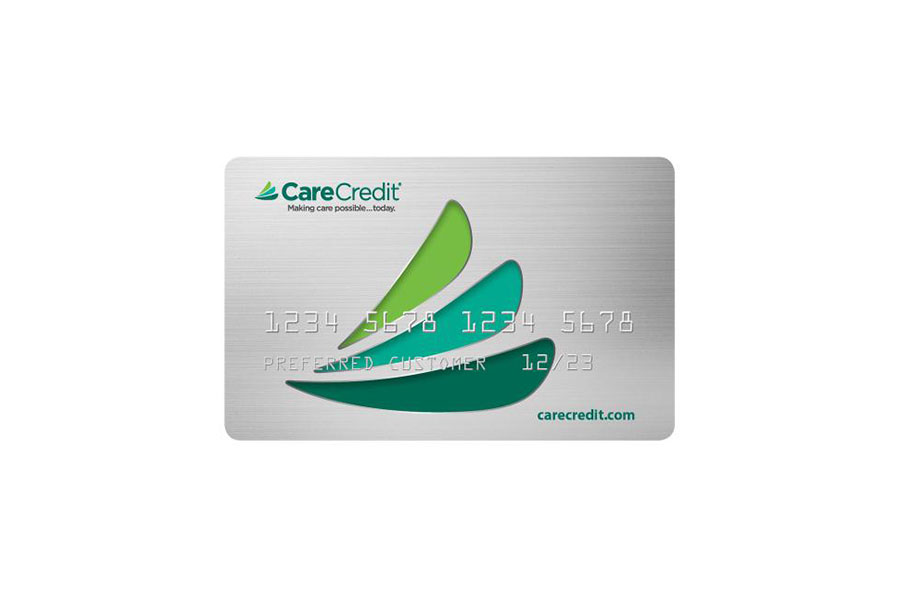Getting denied for a credit card or loan because of “insufficient credit history” can feel frustrating—especially if you’ve always paid your bills on time. But it doesn’t mean you’ve done anything wrong. It just means there isn’t enough data in your credit report for lenders to assess your creditworthiness.

Whether you’re new to credit, haven’t used it much, or recently moved to the U.S., there are clear steps you can take to build a credit history from scratch. This article breaks down what insufficient credit history actually means, why it happens, and how you can fix it—fast.
How Credit Scores Work
Before you can fix an insufficient credit history, it helps to know what lenders are looking for.
Credit scores are based on things like payment history, how much you owe, and how long you’ve had credit. If your report doesn’t have enough recent or active accounts, there may not be enough information to calculate a score.
There are two major scoring models—FICO and VantageScore—but both look at similar data points. The biggest factor in either model is whether you pay your bills on time.
Credit scores are based on key factors like payment history, credit use, and account age. If you want a full breakdown of how FICO and VantageScore work, check out this guide on how credit scores are calculated.
What Insufficient Credit History Means
Insufficient credit history means there’s not enough information in your credit report to generate a credit score. Lenders use credit scores to decide whether to approve you for credit cards, loans, and other financial products. Without a score, they have no way to assess how you handle debt.
You might still have a credit report, but it doesn’t show enough recent activity. In other cases, your file might be completely blank. Either way, it leaves lenders with too little to go on.
Why You Might Have Insufficient Credit History
There are a few common reasons why someone might not have enough credit history to generate a score. Most come down to either being new to credit or not using it often enough.
- You’ve never had a credit account: If you’ve never opened a credit card or taken out a loan, there’s nothing for the credit bureaus to report.
- Your accounts are too new: It takes at least six months of activity on a credit account for most scoring models to generate a score.
- You haven’t used credit recently: If your credit accounts haven’t had any activity in the past six months, you could temporarily lose your score.
- You recently moved to the U.S.: Credit history doesn’t carry over from other countries. If you’re new to the U.S., you’ll have to build credit from scratch.
Insufficient Credit vs. Poor Credit
Insufficient credit and poor credit are two different issues, but they can lead to similar problems when you apply for financing.
Poor credit means you have a history of late payments, defaults, collections, or other negative marks on your credit report. Lenders see that as risky because it shows a pattern of missed obligations.
Insufficient credit means there’s not enough information to judge you at all. You might have never missed a payment—but if you’ve never borrowed money, lenders don’t have any data to work with.
The key difference is that poor credit is based on negative history. Insufficient credit is based on a lack of history. But both can make it harder to qualify for loans, credit cards, or other financial products.
Consequences of Insufficient Credit History
Having no credit score can affect more than just loan applications. Here’s how it can limit your options:
- Loan and credit card rejections: Without a credit score, many lenders won’t approve you at all. Others might only offer higher interest rates or secured products.
- Higher borrowing costs: If you do get approved, you’re more likely to pay higher interest. That can cost you more in the long run.
- Trouble renting an apartment: Landlords often check credit before approving rental applications. A lack of credit history can make you look like a risky tenant.
- Harder time getting utilities or phone service: Some providers may require a deposit or deny service if they can’t review your credit.
- Potential employment issues: Some employers run credit checks during the hiring process. A blank or thin report might raise concerns, especially for roles involving money or security clearance.
How to Fix Insufficient Credit History
The good news is that you can fix this quickly by using credit in a smart, consistent way. Here are some of the best ways to start building your credit profile:
- Apply for a secured credit card: Secured cards require a refundable deposit and are easier to qualify for. Use it for small purchases and pay it off each month.
- Consider a credit builder loan: With credit builder loans, you make payments into a locked account, and the lender reports your activity to the credit bureaus.
- Become an authorized user: Ask a family member or trusted friend to add you to their credit card. If the account is in good standing, it can help you build a credit score.
- Use credit regularly: Even a small charge each month can show lenders that you’re using credit responsibly. Just make sure you pay it off on time.
- Pay every bill on time: Late payments hurt your credit score once it’s established. Set reminders or use autopay to stay on track.
Stick with one or two of these methods and stay consistent. You don’t need a dozen accounts to build a strong credit history—just a little activity reported over time.
How Long It Takes to Build Credit
Most people can generate a credit score within three to six months of using credit consistently. That means opening at least one account, making regular payments, and keeping the balance low.
Some strategies work faster than others. For example, becoming an authorized user on a well-managed credit card can help right away if the issuer reports it to the credit bureaus. But if you’re starting from scratch with a secured card or credit builder loan, it may take a few billing cycles before your activity shows up in your report.
The key is consistency. Once your accounts are active and reporting, your credit history will start to build month by month.
How to Monitor Your Credit
Tracking your credit helps you see what’s working and catch any errors that might hold you back. Here’s how to do it:
- AnnualCreditReport.com: Get free copies of your reports from all three credit bureaus once per year. Look for incorrect accounts or outdated information.
- Free credit score tools: Many banks and credit card issuers provide free access to your credit score, even if you don’t use their products.
- Experian Boost: You can add utility and phone payments to your credit file, which might help you qualify for a score faster.
Check your credit at least once a month while you’re building. If something looks off, dispute it right away.
How to Get Financing If You Can’t Wait
If you need a credit card or loan before you’ve built enough history, you still have options:
- Look for lenders that accept thin credit files: Some online lenders specialize in working with new borrowers. They may use alternative data, like income or bank account history.
- Apply for secured credit cards: These are easier to get approved for and can be used just like regular cards.
- Use a cosigner: A family member or friend with strong credit can help you qualify. Just make sure you’re both comfortable with the responsibility.
- Join a credit union: Many credit unions offer more flexible credit approval criteria than big banks, especially for members.
Even if you pay a little more in interest now, building credit through on-time payments can set you up for better terms in the future.
Final Thoughts
If you have insufficient credit history, you’re not alone—and you’re not stuck. Credit isn’t built overnight, but it doesn’t take long to get started. With the right steps, you can go from having no score to qualifying for credit cards, loans, and even a mortgage.
Use credit consistently, pay everything on time, and check your progress along the way. In just a few months, you’ll be in a much stronger position with more financial options on the table.




